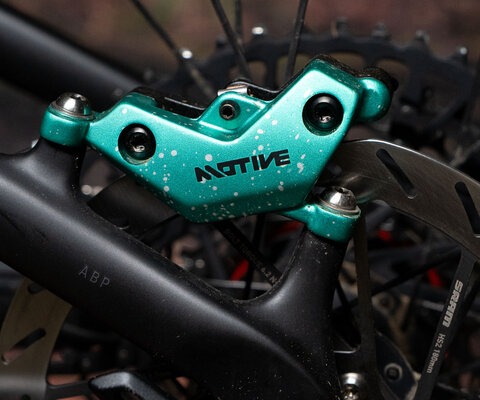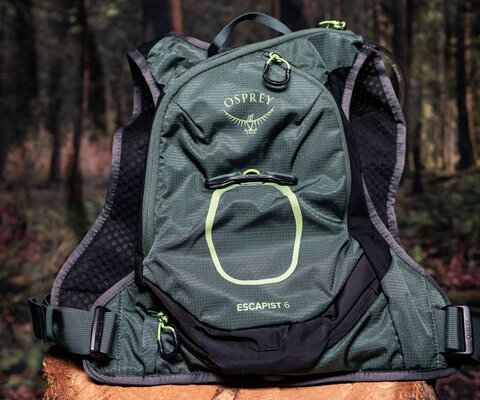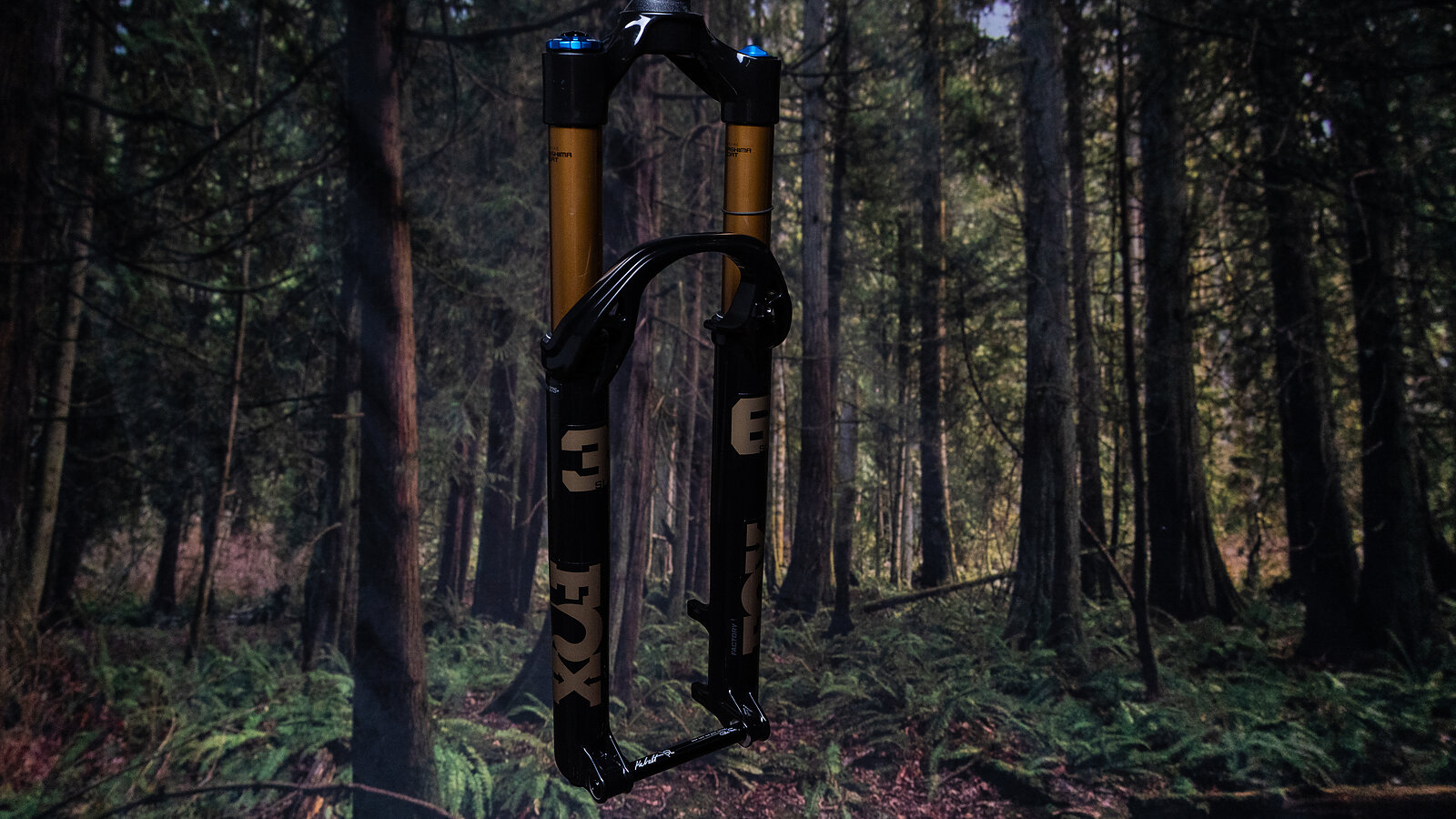
Fox 36 SL Factory GRIP X The lightweight counterpart.
Words and Photos by Cy Whitling
The lightweight counterpart.
When Fox Factory announced its new 36 line of forks in March, it felt a little like the “regular” 36 got all the hype, for good reason. It kept essentially the same weight as the previous version, but got significantly stiffer, smoother, and better all around. But, simultaneously, Fox also dropped an “SL” version which effectively replaces the previous 34 for the 120-140 millimeter range. (And yes, there’s a new 34 SL too. Fox has been busy.)
That SL version has many of the same features as the regular 36, but weighs almost 200 grams less. I’ve been riding the new 36 SL on the Trek Top Fuel for the last few months, and now it’s time to weigh in on its relationship to the rest of the Fox line, as well as its competition.
Fox 36 SL Factory GRIP X Overview
- Travel: 120, 130, or 140 mm
- Damper GRIP X (tested) or GRIP X2
- Models Available: Performance, Performance Elite, Factory
- Weight (140 mm, GRIP X) : 1,748 g
- MSRP: $1,149
Fox 36 SL Options
The 36 SL is only available in 120-140 millimeters of travel, for 29” wheels. Fox is continuing its philosophy of divorcing damper and chassis options, so you can put a GRIP X, GRIP X2, or GRIP damper in the 36 SL depending on your proclivities. As always, you can purchase the 36 SL in Performance, Performance Elite, and Factory trim levels. Performance Elite and Factory trims are separated by the latter's Kashima stanchions, while the Performance model comes with a GRIP damper.
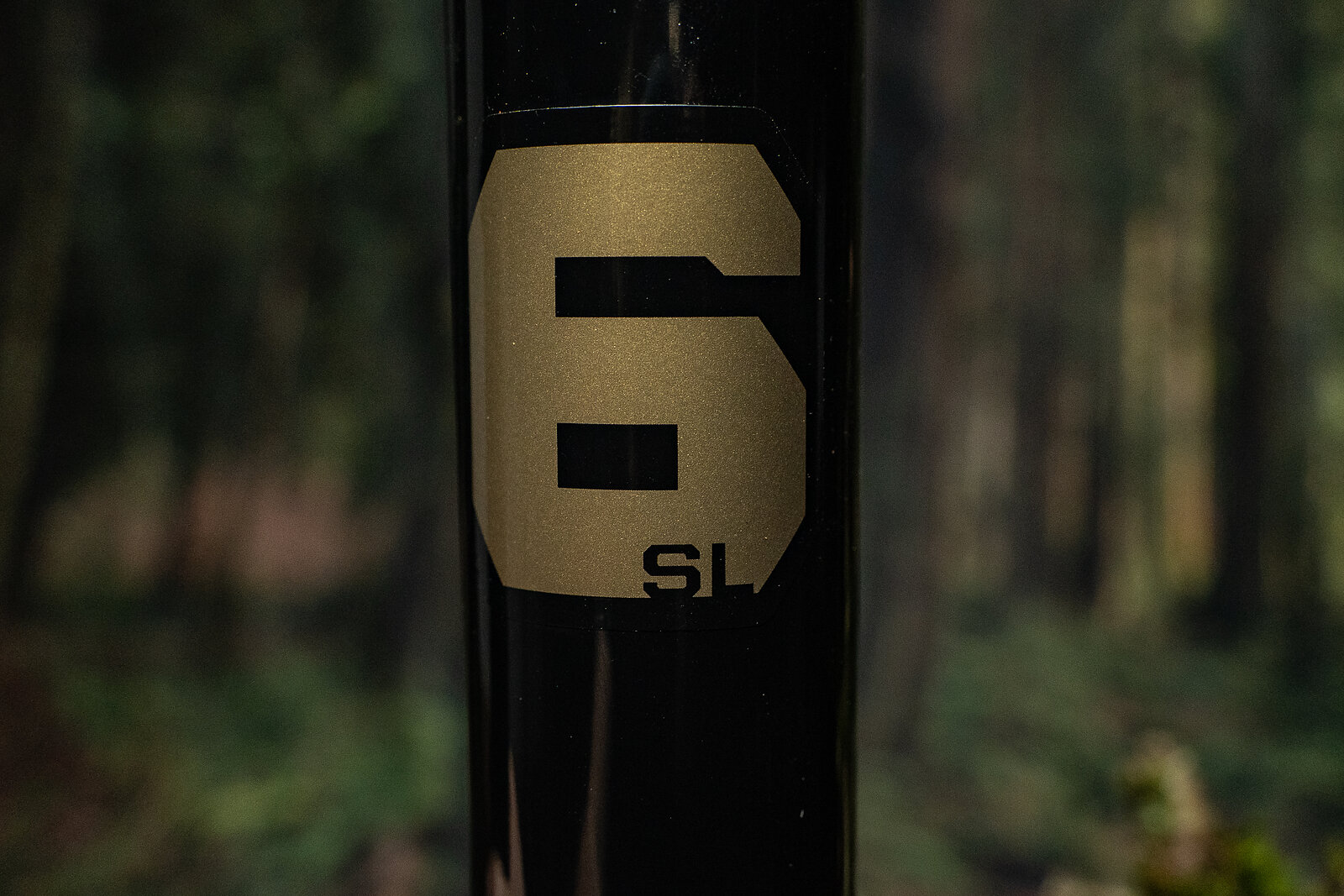
Updates
Beyond the obvious stanchion size increase over the 34 (which Fox says costs about 100 extra grams in weight), the new 36 SL has several other updates both inside and outside; most obviously, the generatively designed chassis which Fox says is 20 percent more torsionally stiff than the old 34. Inside that chassis are new bushings with 20 millimeters more overlap.
The SL version eschews the regular 36’s pinch bolts in favor of shaving weight, but is compatible with the same four bolt fenders, and features the same updated bleed buttons and oil channels. It’s also got the same new Glidecore air spring which is suspended on flexible rings that should allow it to run smoothly even when the fork is flexing and under load.
The 36 SL uses a 180-millimeter post mount for brakes, and has been updated to use a standard cassette tool to open the air spring, instead of a chamferless socket.
The short version of all of this is: Stiffer, smoother, easier to live with, and a tiny bit heavier than the 34.
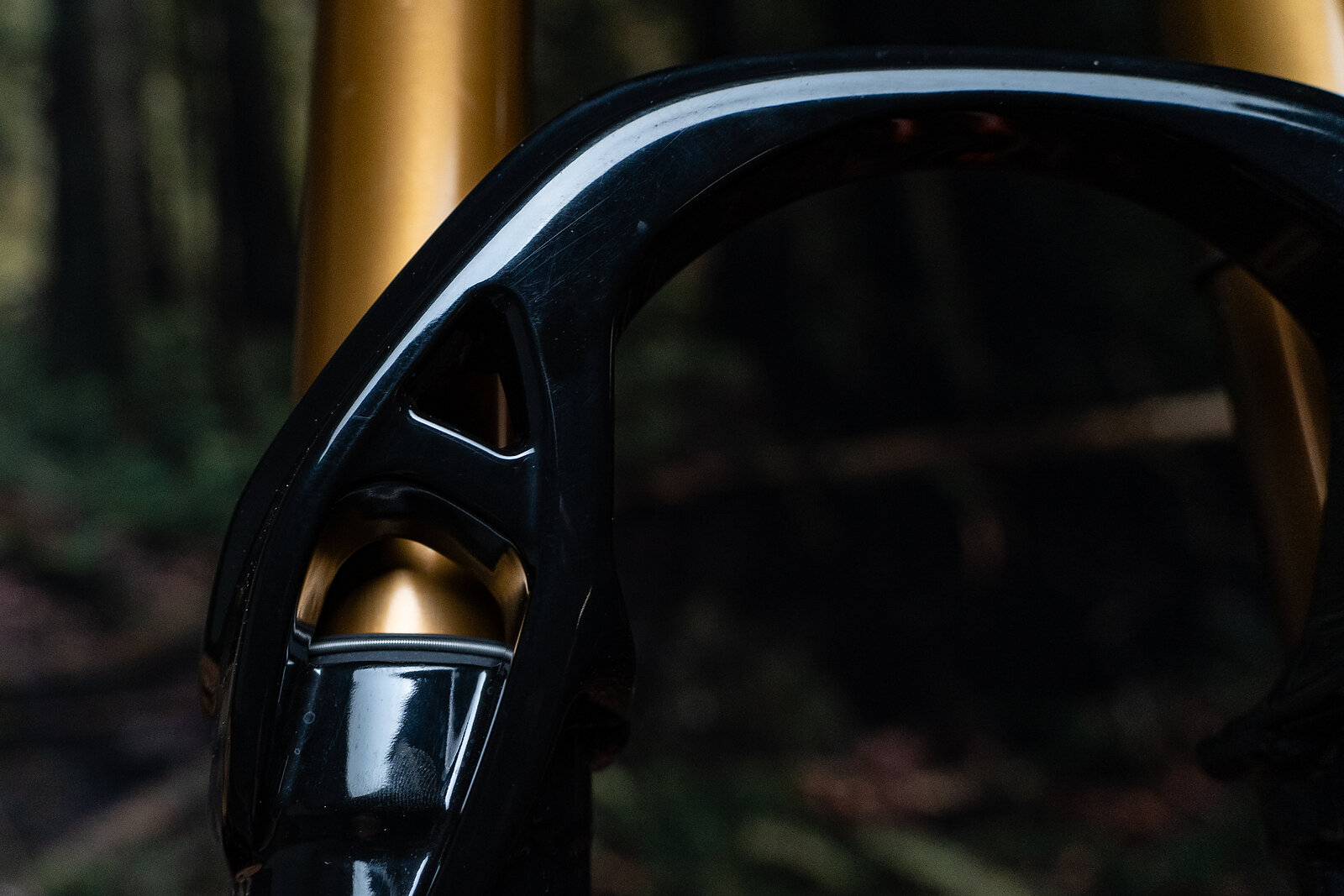
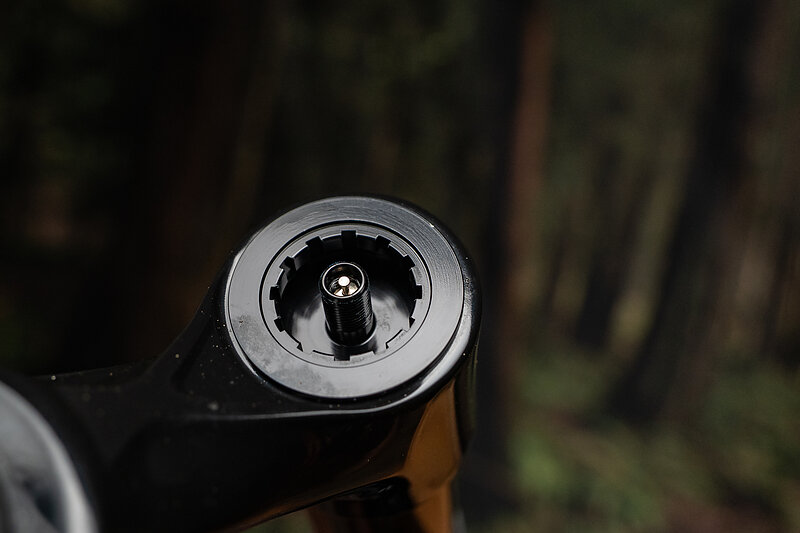
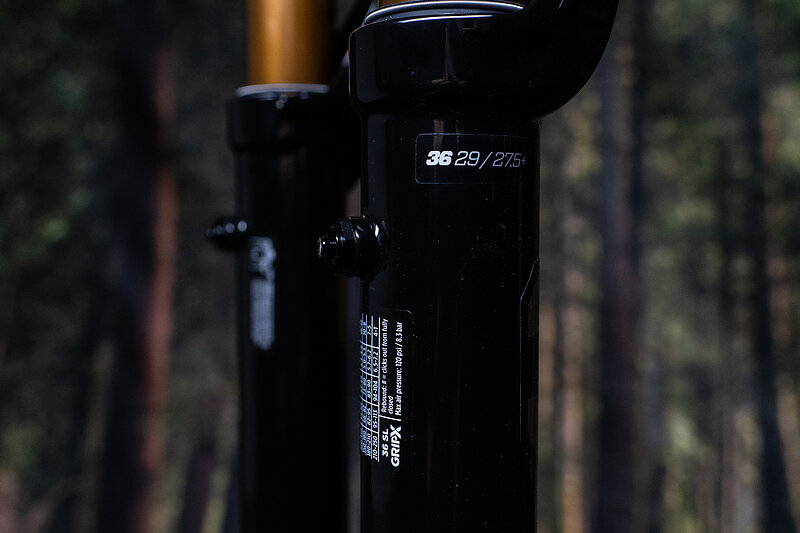
Riding the Fox 36 SL Factory GRIP X
Like the regular 36, I found myself running the GRIP X 36 SL very close to its recommended settings, with the one exception of slowing down my rebound by two clicks. That’s pretty typical for my relationship with most forks though. I’ve been running the 36 SL in the 140-millimeter travel mode on the Trek Top Fuel, on a fairly wide variety of trails.
This fork is a great compliment to that bike, they’re both snappy and light enough, but rise to the occasion on steeper trails and bigger compressions. For me though, its ride quality has mostly been defined through its contrast to other similar forks, so that’s where we’ll spend the majority of our time.
Compared to the old Fox 34 the new 36 SL is night and day better. I’d basically written off the 34 for my size (200 pounds) and the kind of riding I like to do (enthusiastic but with questionable talent). It just felt too squirmy, like I was overpowering both the chassis and the damper. In contrast the new 36 SL is significantly more solid feeling, and can handle much more aggressive riding. Yes, the new fork is 100 grams heavier and, no, I do not care, I’d take the 36 SL over the 34 every day of the week and twice on weekends.
But, Fox has, in some ways, complicated things for itself. The GRIP X version of the 36 SL is the lighter of the two dampers. For 70 more grams, I could be running a GRIP X2 damper in this fork. And I would make that jump in a heartbeat. My experience with the GRIP X2 is that it’s smoother, quieter, and more consistent than the GRIP X. It’s not that the GRIP X is bad, it’s just that for anything short of cross-country racing, I’d rather have the GRIP X2. When the trails got firm, dusty, and generally blown up this summer, I noticed a little bit of spikey-ness in the 36 SL’s performance, manifested in tired hands and less confidence and commitment on the trail. It doesn’t help that when pushed hard the GRIP X damper makes plenty of squelching noises.
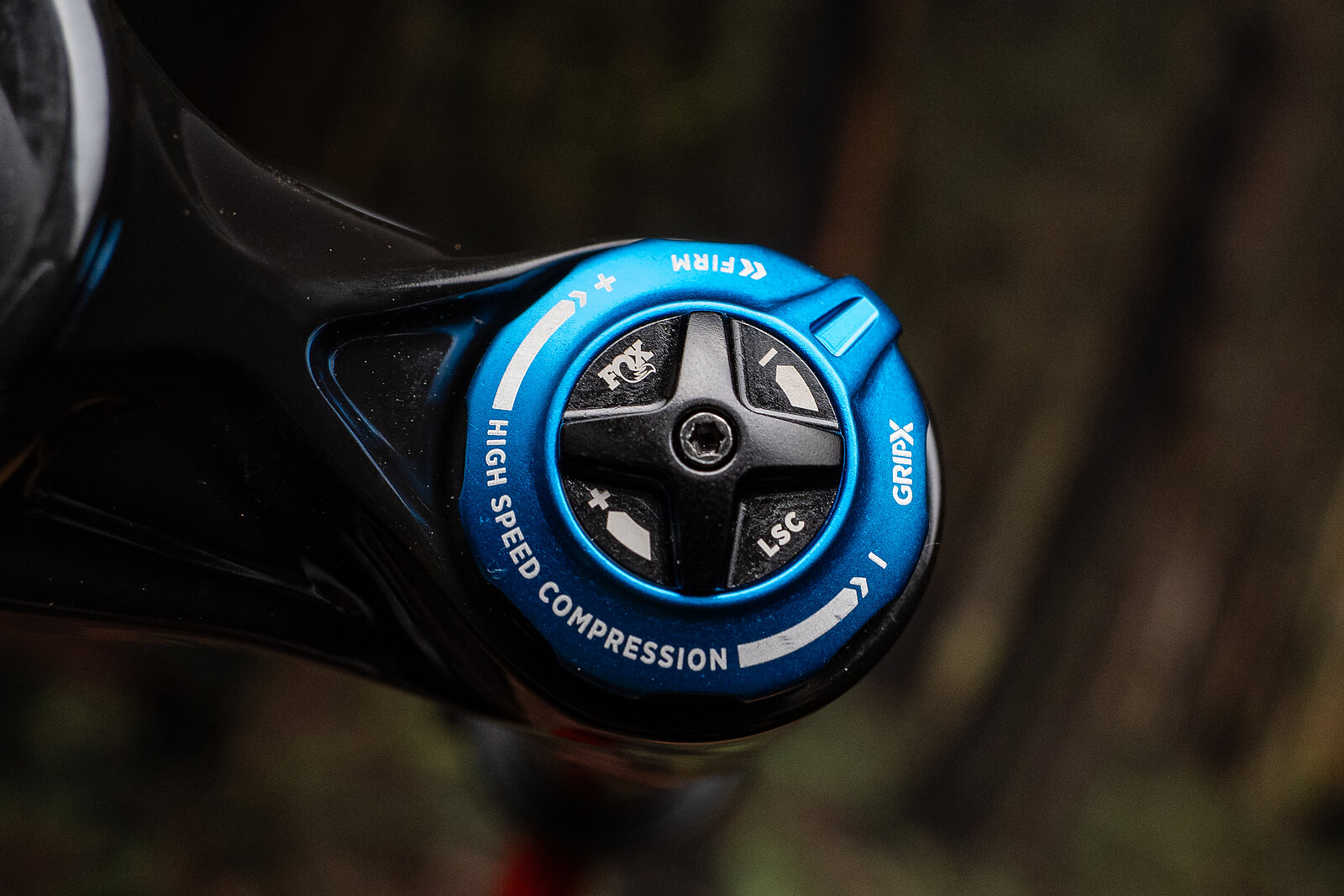
I especially noticed the GRIP X damper’s shortcomings in relation to the current Charger 3.1 damper found in the RockShox Pike. For the price of 100 grams, the current Pike feels better damped, with similar levels of chassis support to the 36 SL. So, give me a choice between the 36 SL GRIP X and the Pike, and I prefer the Pike. Throw a GRIP X2 damper in there, and that conversation becomes much more interesting though.
Further muddying the waters is Fox’s new Fox 34 SL, which covers the 110-130 millimeter range with an explicitly cross-country racing bent. Once again, with the 34 SL, you get the choice between a GRIP X and GRIP SL damper here.
If all of that leaves your head spinning a little, you’re not alone. I’ve spent plenty of time pondering this plethora of options, and have figured out my preferences for my riding. Of course, yours will likely differ, but hopefully this context is helpful.
If I was exclusively shopping Fox for a bike like the Trek Top Fuel that’s awesome when ridden hard but is still fairly light, I’d go for the 36 SL with a GRIP X2 damper in a heartbeat. But, throw me on a bike like the Specialized Epic Evo, and I’m opting for a 130-millimeter 34 SL with the GRIP X damper. Finally, put me on something just a little burlier, like a Santa Cruz 5010, and I’d be hard pressed not to just bump up to a 140-millimeter GRIP X2 regular 36.
In a somewhat hilarious contrast, give me the same three bikes with RockShox as my only choice, and I’d happily just run a Pike on all of them. Choices are wonderful, but can also be a little overwhelming.
But, for the right folks, the 36 SL with GRIP X damper will be a compelling choice, and if you want to get weird and experiment, that option is just a damper choice away.
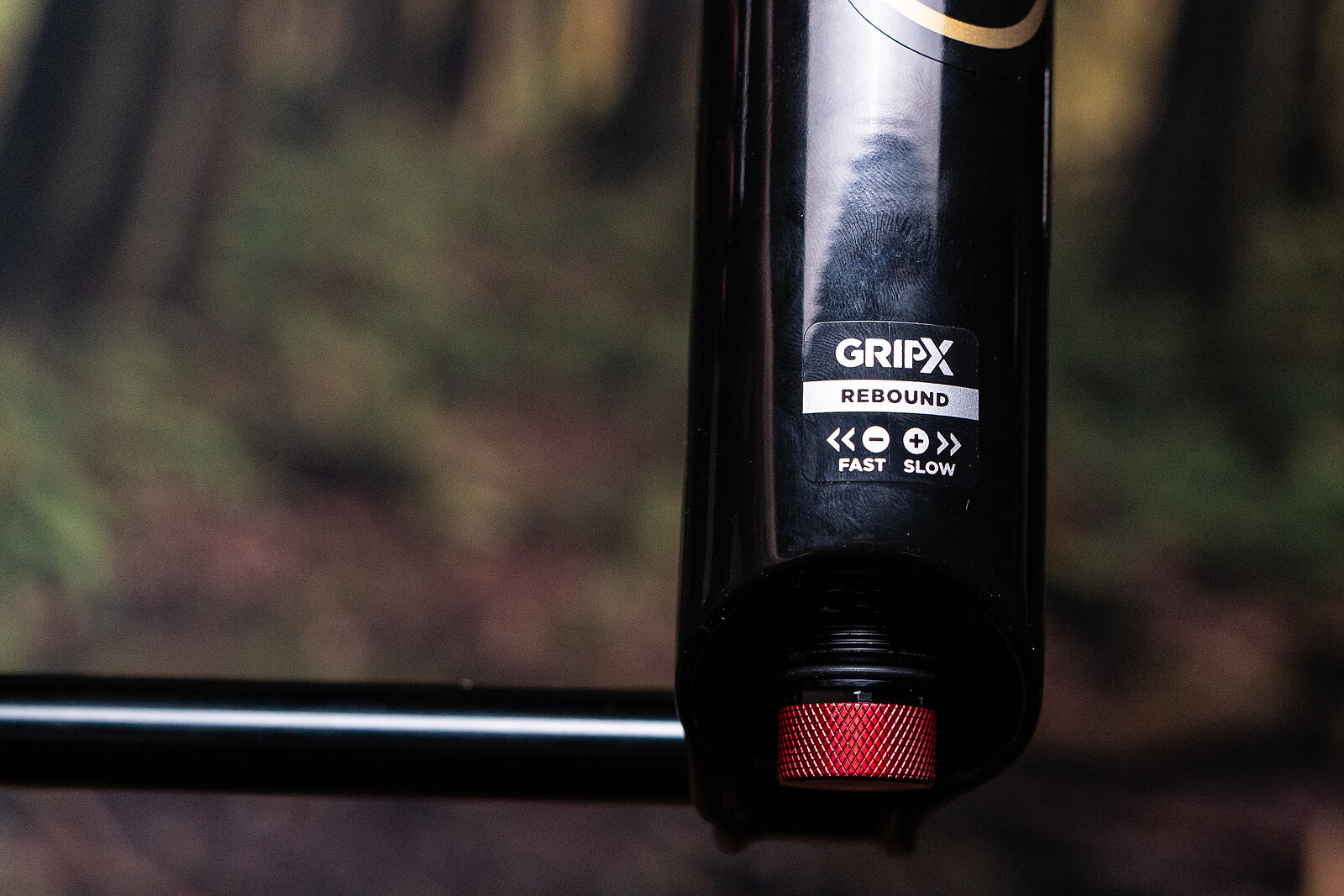
For Now
With the new 36 SL, Fox has created a compelling replacement for the 34. For just a little more weight, you get a dramatically better-performing fork. And, in typical Fox fashion, you’ve got a lot of choices. So choose your chassis, choose your damper, and go ride your dang bike!
Learn more: Fox Racing

